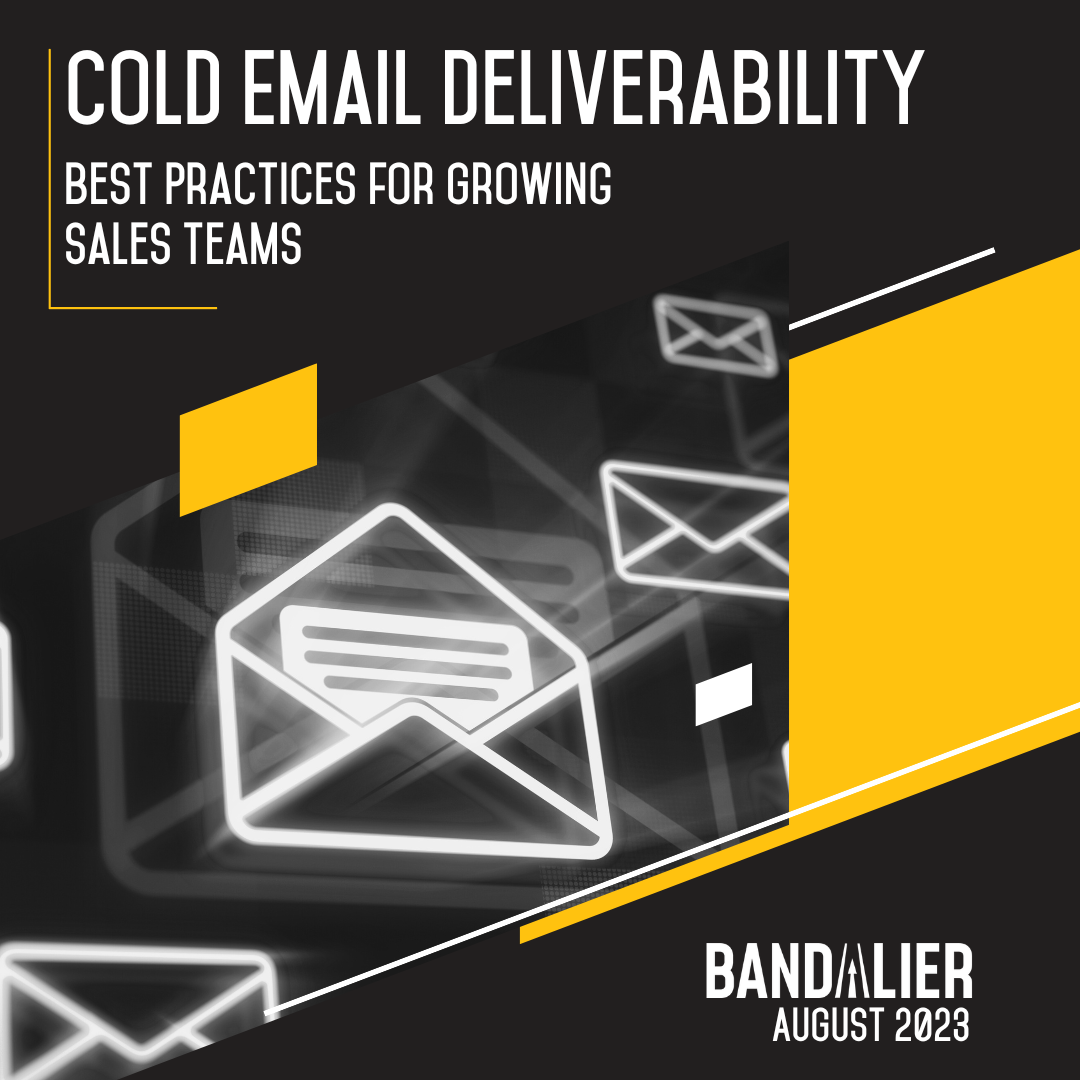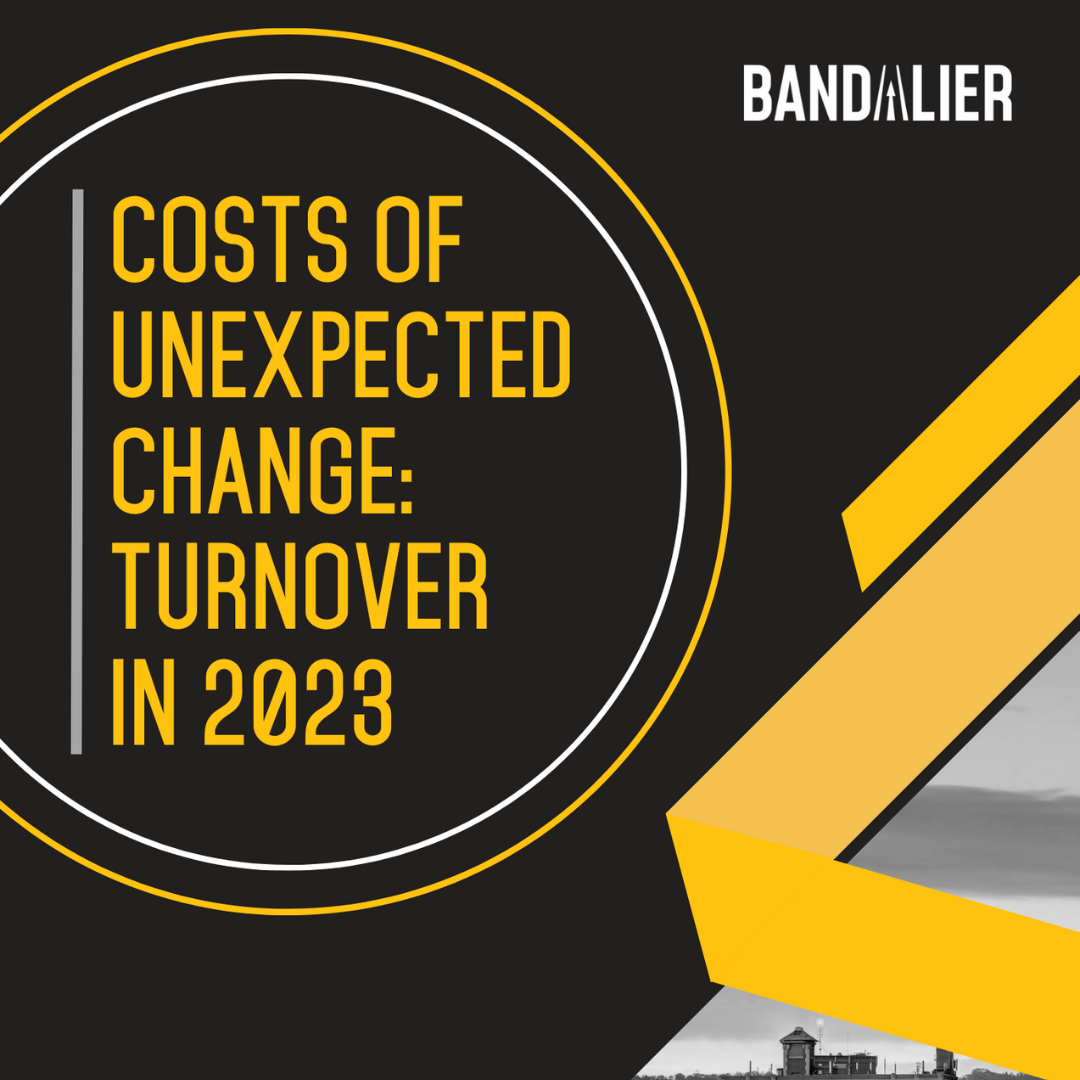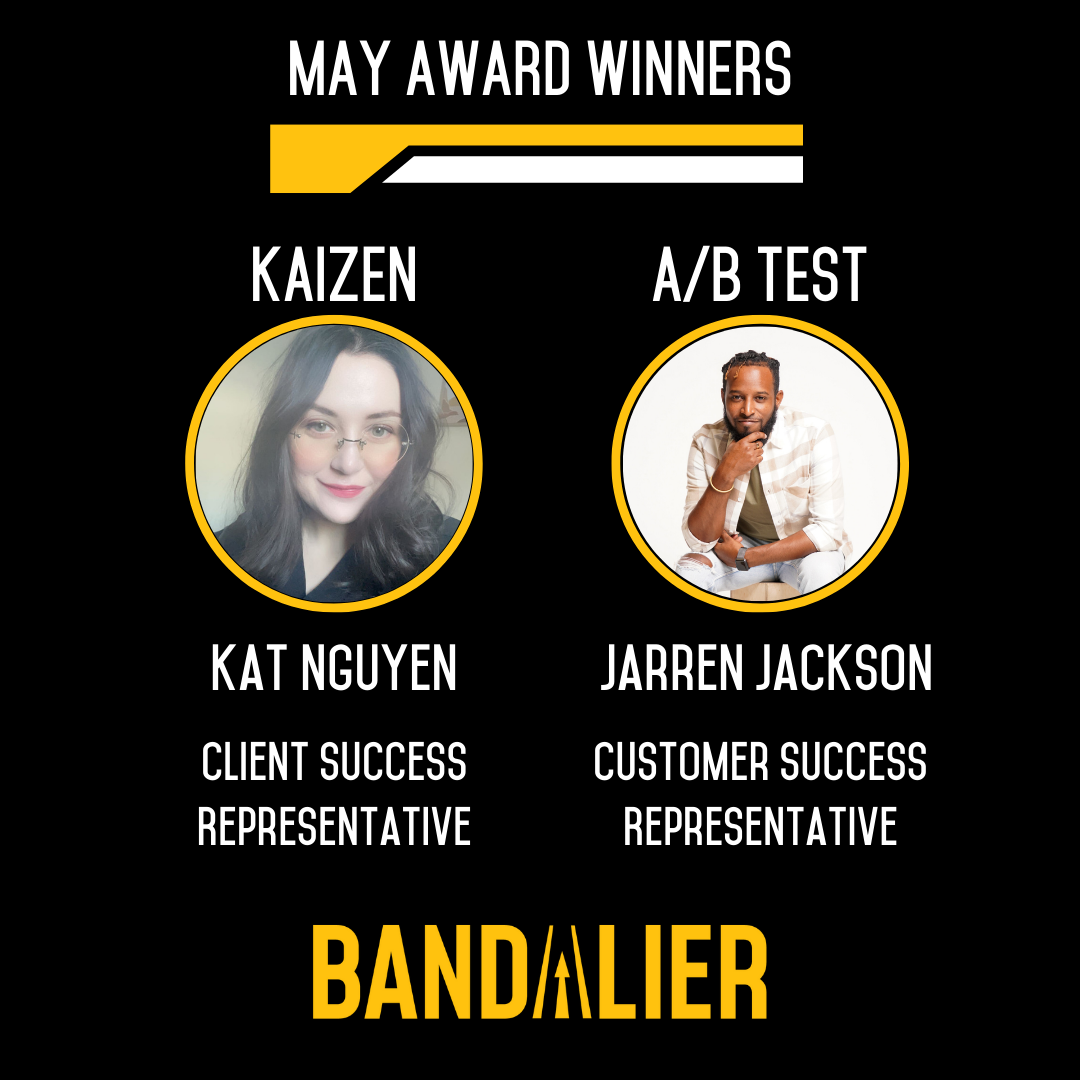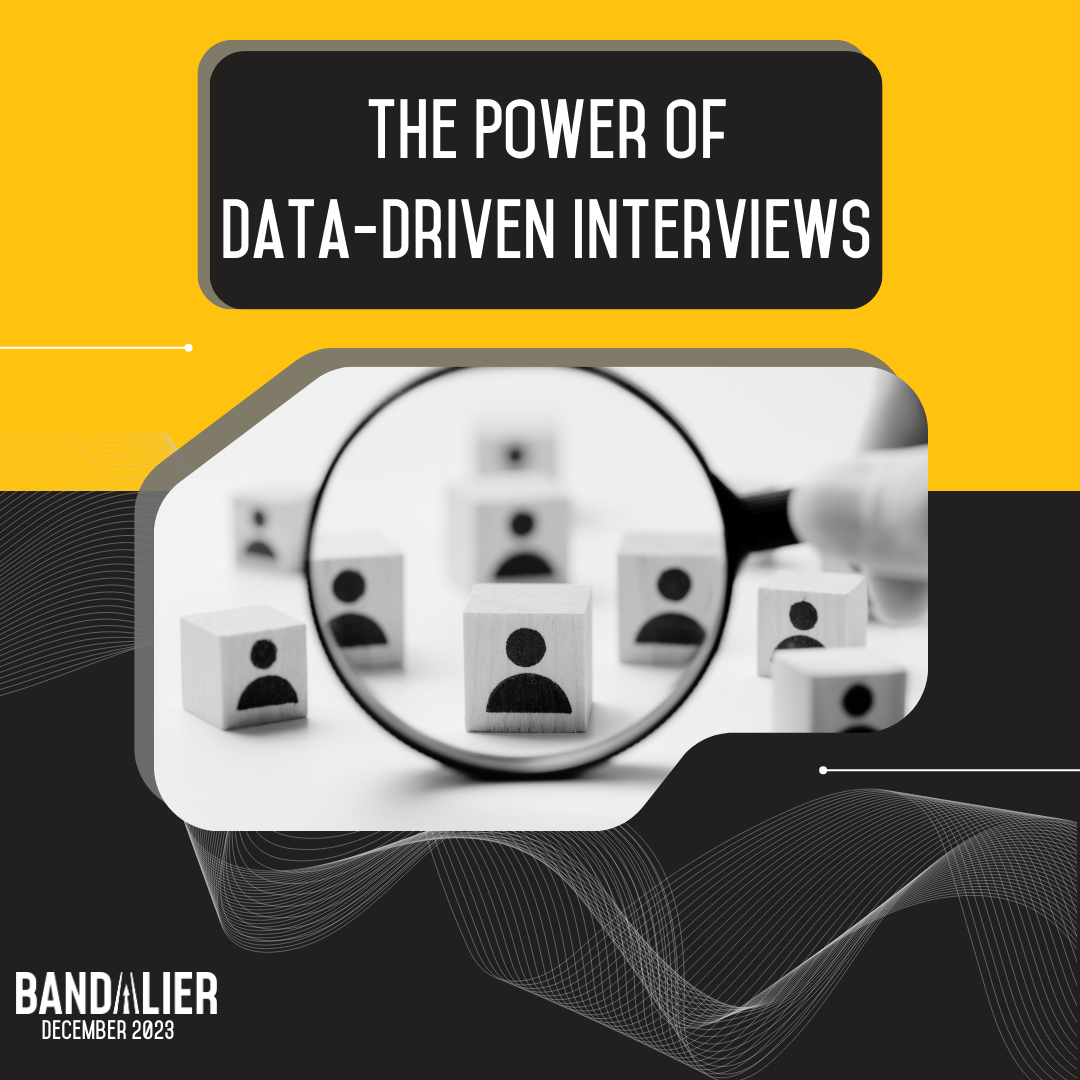Start-ups, by definition, need to move quickly. Companies that have raised capital to prove out an operating model only have so long to prove product-market fit, and are under significant amounts of pressure to demonstrate to investors that there’s a healthy and growing market of customers that need what they are selling. Many are optimizing for the all-critical LTV : CAC ratio: that is, how many dollars in lifetime revenue they are generating for each dollar spent on marketing / sales.
No surprise, then, that prospective clients regularly ask us how long our outsourced inside sales programs will take to generate results. Unfortunately, it’s a question that is impossible to answer in one broad stroke: beyond the obvious role that luck plays (particularly early on with smaller sample sizes), there’s a significant number of variables inherent to each product and industry that impact the pacing of results.
One of the most significant of these is the length of a client’s outbound sales cycle. We sell SaaS products ranging in average sales cycle from one week to up to a full year or more. Because spend on our inside sales programs is the same irrespective of sales cycle length, clients that have sales cycles of several months or longer will often find they are significantly underwater in the early days of an outbound sales campaign – even in a case where it is performing well. This is made even more complicated by the fact that inbound sales cycles aren’t always the same as outbound sales cycles.
At Bandalier, for example, we find that clients who find our services via search engine or referral tend to close significantly faster than those we prospect, because they are already actively interested in launching an outbound sales program and have a timeline for doing so. This makes measuring the relative effectiveness of the different channels complicated: if, as is often the case, a client we prospected a year ago comes back to us now and launches a large program, it can significantly change the performance of our outbound SDR program relative to other channels.
Let’s explore this with a specific example. Below is an illustrative case of an LTV : CAC ratio for an imaginary client that has a 6 month sales cycle (which is on the lengthier side, but not unusual for SaaS clients) selling a $2,500 / mo SaaS product.

In this case, for six months, the program isn’t generating revenue at all: the CEO and investors are probably getting nervous, looking at a program that has cost over $40,000 with nothing to show for it. Deals start trickling in once the first six-month cycle has passed, but not a pace fast enough to recover the investment. But with results compounding month-over-month (since each deal is generating incremental monthly recurring revenue), the program slowly claws its way to profitability. Still, even 10 months into the program, we’ve barely generated enough total revenue to cover the costs of the program. Investors are looking at competing channels, like search engine marketing, and seeing significantly higher ROI. In many cases, they might decide to reinvest their marketing dollars away from outbound sales.
But the year 2 results show why that would be a mistake. Monthly recurring revenue continues to build over the course of the year, and by mid-way through the year, we’ve crossed a 3x return on cumulative marketing dollars invested. We end the year above a 5:1 CAC / LTV ratio – enough to double down significantly on the investment. Meanwhile, other channels might find a natural cap on results, since there’s a much smaller number of folks actively searching for the product online and significant competition with other vendors bidding on the same digital ad space. By the end of year 2, outbound sales appears to be the most profitable marketing channel available.
Of course, this begs the question: if it can take that long to show significant ROI, what are some early signals we can look to to ascertain whether the program is worth continuing to invest in? More on that in Part 2, to follow next week.














